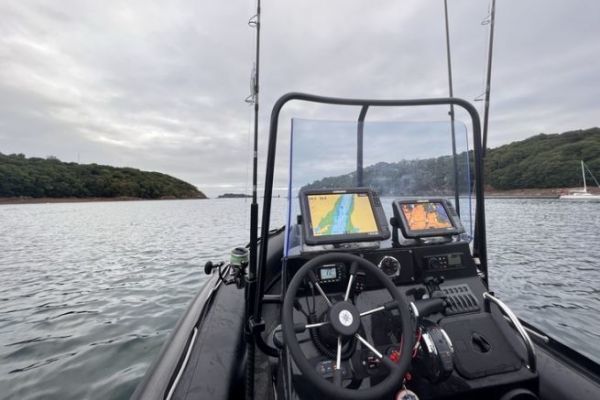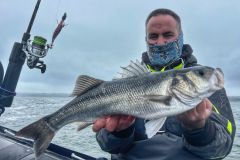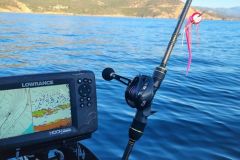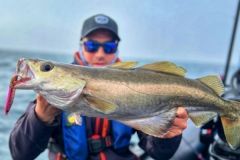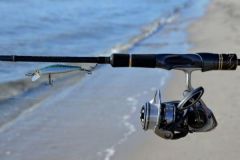Fishing from shore is not without risks
Falls onto rocks, being cut off by the rising tide or injuries from hooks - anything is possible.
I sometimes fish from the shore in secluded spots, which involve descending into the rocks along steep cliffs. Here, the choice of footwear is crucial to avoid slipping. A hiking shoe, waterproof or not, is ideal. Opt for a non-slip model to ensure your safety when moving around on the rocks.
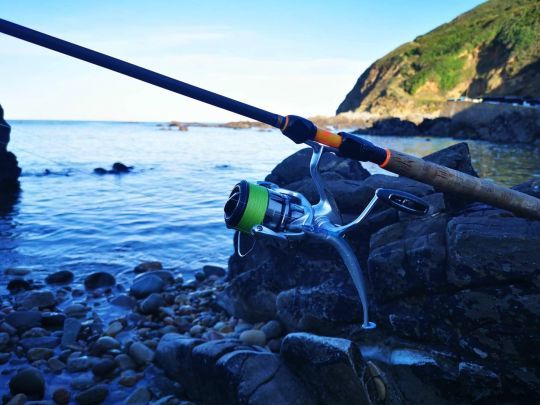
These areas are often isolated, and the telephone network is not always available. That's why I equip myself with a portable VHF which will enable me to contact the emergency services (CROSS or semaphore on channel 16) in the event of a problem.
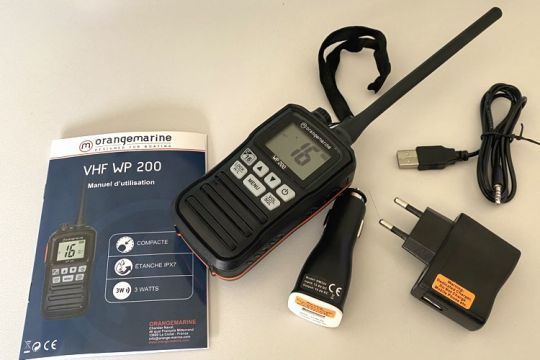
Finally, the last piece of equipment often overlooked on the shore is a lifejacket. Although intended for boaters, it's not at all absurd to wear a lifejacket from the shore.
Some spots are exposed to breakers, and if you're unlucky enough to get swept away, you'll be glad you're wearing a PFD (Personal Flotation Device).
Check your safety equipment
At sea, on a boat, the risk is just as great as on the shore.
Safety equipment is mandatory, depending on your sailing area. Check it regularly, especially at the beginning of the year, before setting sail again. It's possible that with the new year, your hand-held lights, fire extinguishers or even the triggering systems on your lifejackets may be out of date.
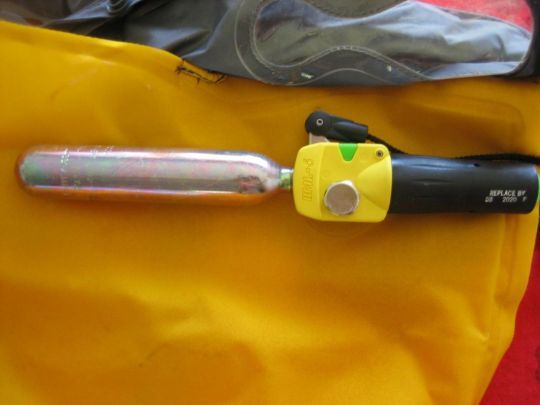
Additional equipment for boat trips
Let's get to the heart of the matter with the equipment I'm taking on board in addition to the recommended one.
Let's recall the two navigation zones in which I operate:
- The coastal zone, which extends up to 6 nautical miles from a shelter.
- The semi-high zone, which extends up to 60 miles from a shelter.
You will find details of the equipment required on this link to Division 240.
No matter what zone I'm in, I take along additional equipment that isn't compulsory.
- A PLB type distress beacon: c hese beacons enable CROSS (Centres Régionaux Opérationnels de Surveillance et de Sauvetage en Mer) to locate your position almost instantly. These centers are the only ones able to coordinate a rescue operation at sea. This type of beacon costs around 300 euros.
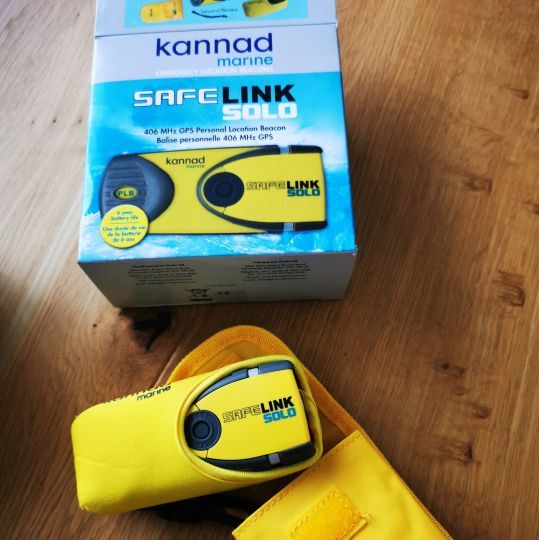
- A portable VHF: e n addition to a fixed VHF, a portable VHF is essential. Out at sea, out of telephone range, it will enable you to communicate with land or another nearby vessel in the event of a problem. In the event of electrical damage, it will also come in very handy.
- A life raft: a or more than 6 miles from a shelter, Division 240 requires that a liferaft be carried on board, except for certain vessels such as the Zeppelin, which is certified unsinkable. Please note that this certification must be mentioned on the navigation chart. In spite of this, and this exemption for me, I have chosen to take a liferaft with me when sailing far offshore (over 30 miles).
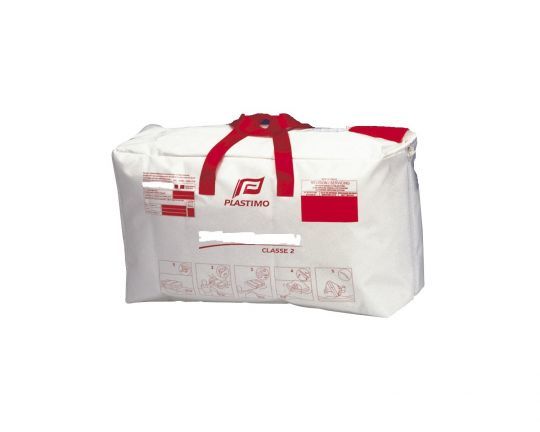
Maintain your boat
We can't stress this enough, but the best way to ensure safety and avoid damage to your boat is to keep it well maintained.
If possible, opt for an assembly with 2 batteries: one for the motor and the other for the accessories. This way, if one of the 2 batteries runs low, you'll always be able to restart the motor.
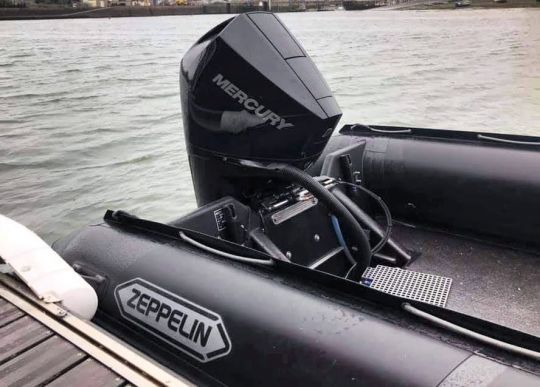
Always set off with a full tank of fuel, even if you have a large capacity. On tuna fishing trips, I've sometimes gone much further than planned, and I was glad to have a full tank at the start.
